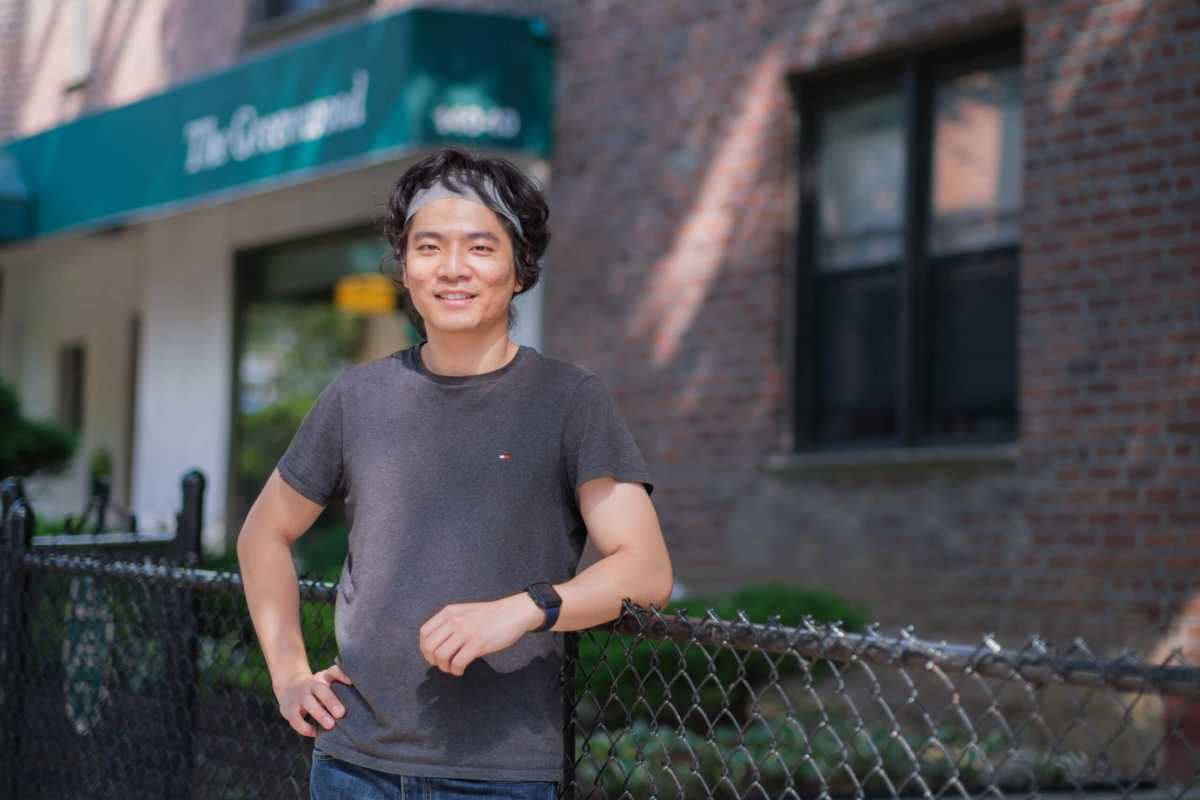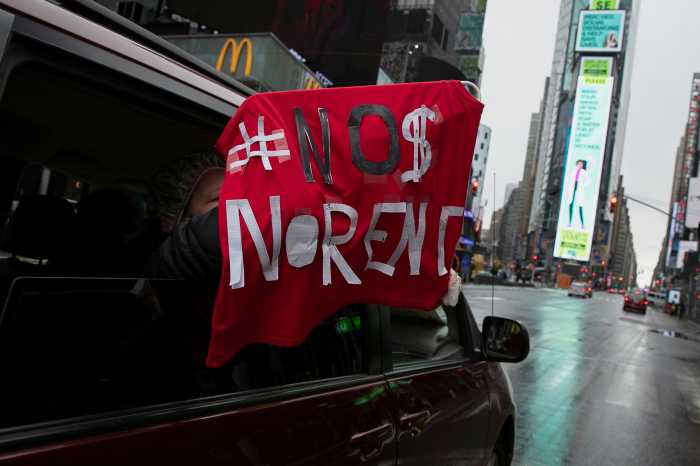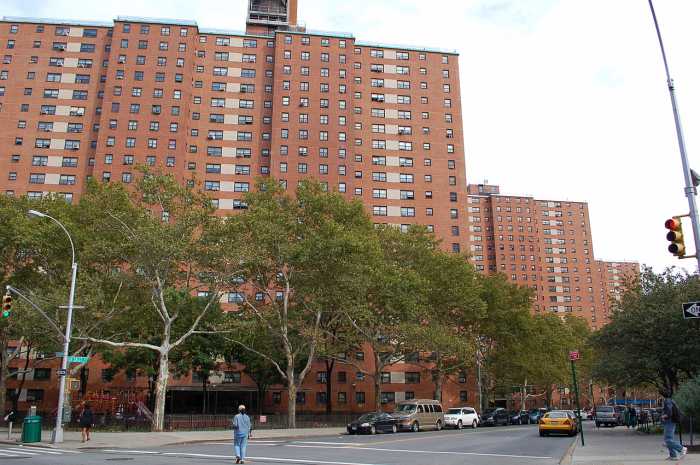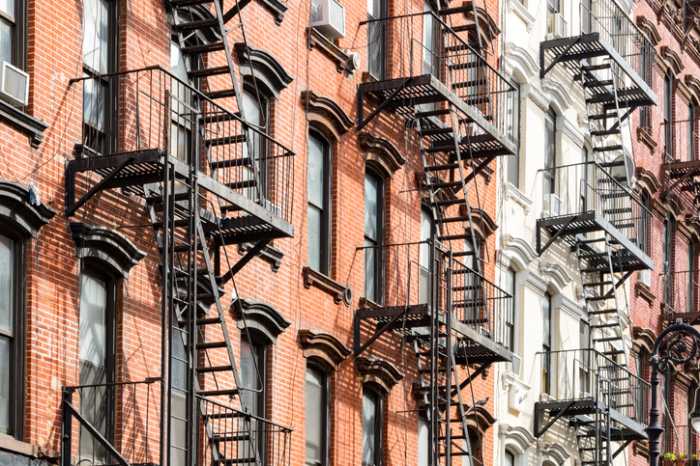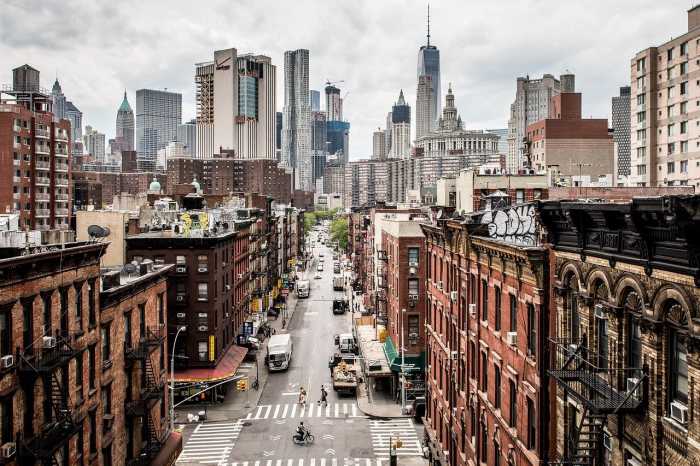The New York City Department of Housing Preservation and Development’s HomeFirst Down Payment Assistance Program will now offer up to $100,000 in support for qualified first-time homebuyers purchasing a home in New York City.
“Increasing the maximum amount that we can provide to the buyer, to 100,000, gives more support to buyers and opens more options for them in terms of what they can afford, how they can negotiate in the market and the neighborhoods that they can try to access,” said Tameka Spencer the director of the HomeFirst Down Payment Assistance Program with HPD.
The expansion more than doubles the amount of financial assistance available for first-time homebuyers, where $40,000 used to be the support offered. This will help families really access the market and be able to be competitive in terms of purchasing, Spencer said.
“This major expansion of down-payment support is a big win for equity and diversity as it tackles one of the biggest barriers to homeownership for low-income families and families of color,” said HPD Commissioner Louise Carroll, in a statement. “Positioning more families to own a home, build wealth for their kids, and take ownership of their communities is a key strategy for achieving our vision of a more equitable New York City.”
Because of the enhanced program, more homes will become affordable to low-income, first-time homebuyers especially in neighborhoods where housing prices have historically made ownership unattainable for low-income families.
“Home ownership is really critical for us here at the agency,” Spencer said. “Our goal is to expand home ownership and create opportunities for New Yorkers to place roots in the city, and we believe that every New Yorker deserves a real shot at owning a home and their chance at building equity within their neighborhoods.”
The expansion achieves a key goal of City’s Where We Live NYC fair housing plan to empower low-income New Yorkers with more housing opportunities in well-resourced neighborhoods, said Jeremy House, spokesperson for The New York City Department of Housing Preservation and Development.
“We also see this as an equity issue because first time homebuyers are more likely to be people of color,” House said, in an email. “Thus, this is a strategy for building wealth in black and brown communities and providing housing opportunities in well-resourced neighborhoods.”
New York City historically has low homeownership rates, but according to a 2020 study by Brookings, those rates lag even further for people of color.
“We see this as an equity issue because first homebuyers are more likely to be people of color,” House said. “So this is a strategy for building wealth in black and brown communities and providing housing opportunities in well-resourced neighborhoods.”
According to a study by Pew Research, Blacks and Hispanics also face extra challenges in receiving home loans.
“The expansion will provide breathing room for home buyers who could use it to garner more favorable loan terms,” House said.
Through HomeFirst, first time home buyers of one-to-four-family homes in the five boroughs, can obtain financial assistance toward the down payment or closing costs of a home.
“Eligible applicants can earn up to 80 percent of the Area Median Income, or $86,000 for a family of three,” House said. “HomeFirst participants must complete a homebuyer education course, contribute savings to the purchase and live in their home for up to 15 years to receive the full benefits of loan forgiveness through the program.”
The people HomeFirst has helped
Jiawei Ren is a 29-year-old, Asian American immigrant who was able to purchase a home for the first time with the help of HomeFirst’s Down Payment Assistance Program. He became the owner of a one-bedroom co-op apartment in Briarwood, Queens on June 1.
During his seven years in the U.S., Ren moved six times. Every time he moved, Ren had to update the immigration office with his new address.
“Initially it was difficult because I didn’t understand English, and I didn’t know how to change the address online, so I used to visit the lawyers office to have them update it,” Ren said. “They often charge $100 for address updates.”
He was also worried that he would not receive important mail since his address was changing so much.
“Renting does not make me feel secure,” Ren said. Adding, “I really wanted to have my own place and feel at home after work.”
When Ren started looking to own a house, he realized he could only afford the cheapest apartment in the city. After a google search, he found an Asain community organization who told him about HomeFirst.
Ren found an apartment that he qualified for based on his own savings. With the help of HomeFirst, he was able to renovate the entire apartment.
“I used to live in a basement where there was no sunlight, so after moving into my own apartment, I get to enjoy three bright windows,” Ren said. “I can bathe myself in the sun, the apartment is quieter, and it’s very convenient. I get to have my own mailbox, and the utility is not much trouble for me to pay.”
Ren said this was the smartest investment he could have made, especially because he is now able to put his monthly income into a regular and a growing asset and not waste his money on high rent payments.
Shivon Duncan, 39, purchased her first home in Brooklyn on September 1. She has wanted to be a homeowner ever since she was a teenager.
Duncan is an eight year employee of the New York City Health and Hospital at Coney Island. She has been saving to buy a home for ten. She took out money from her 401k and other savings to purchase a home. She said she could not have done it without the assistance from HomeFirst.
Duncan was inspired by her family to become a homeowner.
Duncan’s father moved to New York in 1970 from Grenada, a small island in the Caribbean. He worked for the subway system and purchased his first home in 1982. He purchased his second home in 1990.
“Since then, we were all born and raised in a home, so that’s all we’ve known,” Duncan said.
But Duncan has been renting for the past 10 years, while paying off student loans. With her loans almost paid off, Duncan was finally able to buy a home.
“It’s a great feeling,” Duncan said. “Your mortgage is less than what you would be paying in rent, and it’s a better financial decision to own.”
The HomeFirst Down Payment Assistance Program covered 50 percent of Duncan’s closing costs.
“It was a tremendous help,” Duncan said.
Spencer said the HomeFirst Down Payment Assistance Program is seeing more millennials find out about the assistance and access it. The program also supports low income singles and people in the civil service industry including transit workers and teachers.
“It’s the everyday person who is struggling to make home ownership happen in the city, and we all know it’s very tough, so we’re really assisting a broad spectrum of individuals and families,” Spencer said.
Advancing fair housing
The Neighborhood Housing Services of New York City administers the program on the City’s behalf and it is funded by the U.S. Department of Housing and Urban Development.
With the new expansion, low-income buyers should be able to be more competitive on the market, Spencer said.
“Increasing homeownership opportunities for New Yorkers is a key goal of Mayor de Blasio’s YOUR Home NYC plan to help New Yorkers get, afford, and keep their homes,” House said. “In addition to building more affordable housing, the City is advancing fair housing by working to ensure broader access to quality, affordable housing in a variety of thriving neighborhoods.”
Since the program’s launch in 2004, HomeFirst has helped more than 3,000 households become homeowners throughout the five boroughs.
“Our hope is that it (the expansion) will encourage community investment and encourage folks to plant roots and stay in the communities,” Spencer said.



